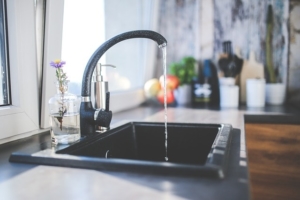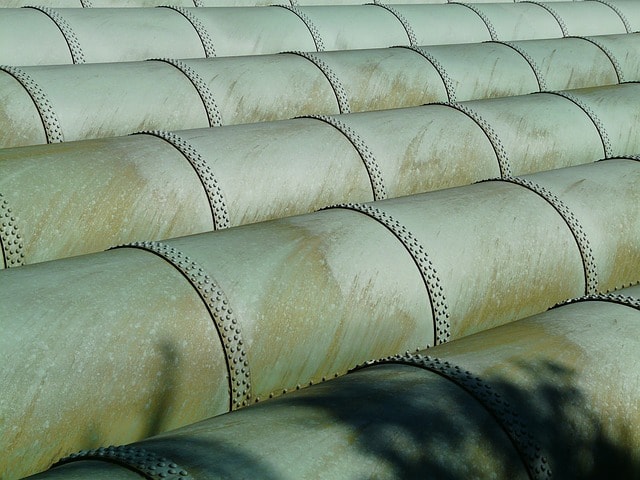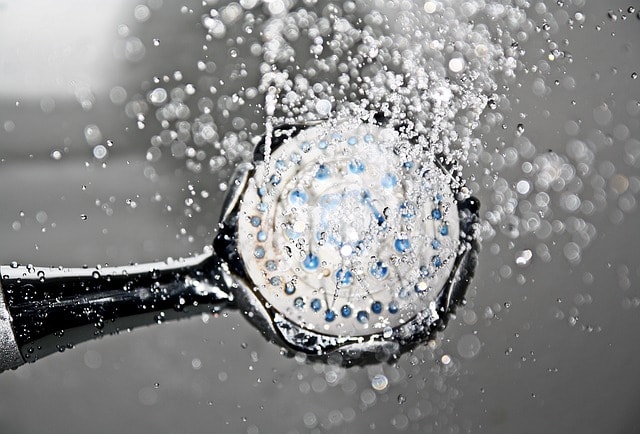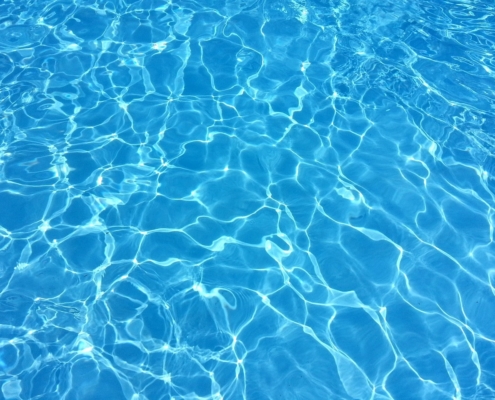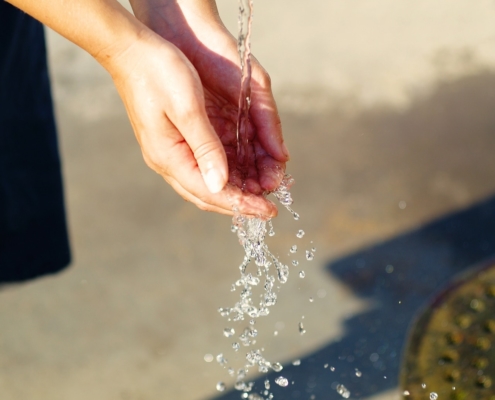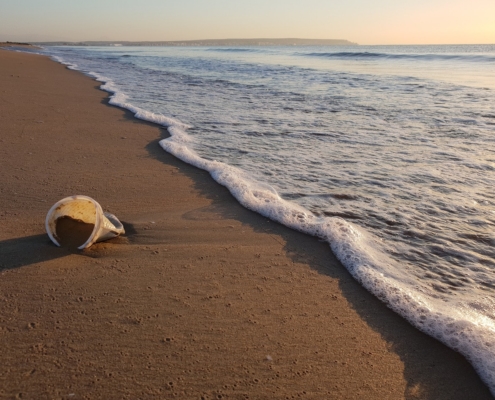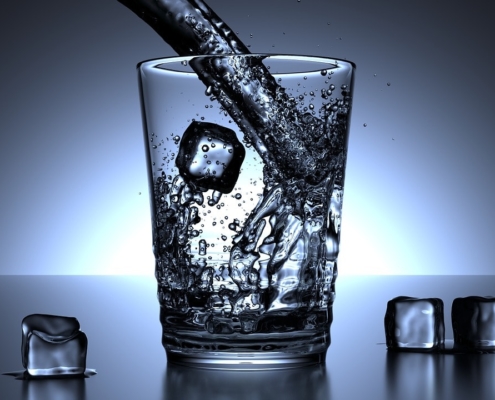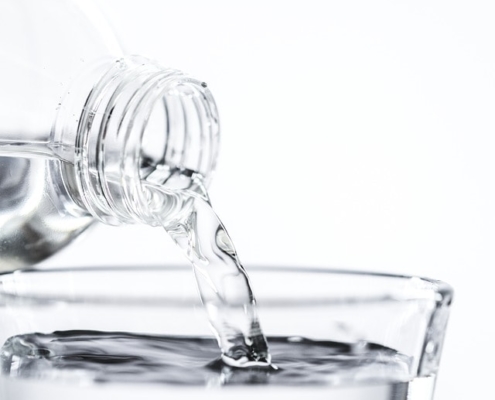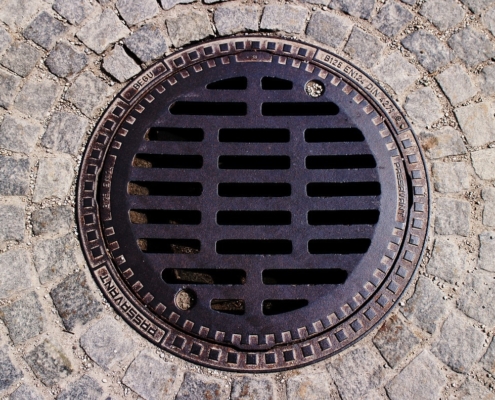 https://riefilt.de/wp-content/uploads/2019/07/channel-1692671_1280-min.jpg
856
1280
Alexander Riebe
https://riefilt.de/wp-content/uploads/2023/09/RIEFILT-Wort-und-Bildmarke-300x38.png
Alexander Riebe2019-09-22 21:42:292019-09-22 21:42:29Drinking water pollution - reasons & countermeasures
https://riefilt.de/wp-content/uploads/2019/07/channel-1692671_1280-min.jpg
856
1280
Alexander Riebe
https://riefilt.de/wp-content/uploads/2023/09/RIEFILT-Wort-und-Bildmarke-300x38.png
Alexander Riebe2019-09-22 21:42:292019-09-22 21:42:29Drinking water pollution - reasons & countermeasuresWater contamination – is our tap water really harmless?
Without water, no life is possible – but when the food drinking water is teeming with life, the enjoyment for humans can quickly lead to health problems. With the naked eye, a water contamination is usually not found, so many consumers are unsure whether the drinking of ordinary tap water is really safe.
Drinking water quality in Germany
Drinking water in Germany has been continuously monitored for many years with regard to compliance with the strict limit values and is therefore considered one of the best-monitored foods in the entire German-speaking area. The quality standards are even far higher here than with bottled mineral water. However, this does not mean that our drinking water is germ-free, because around ten million bacteria already live in one glass of water. Although this may seem frightening at first sight, the sheer number of bacteria is not cause for concern. Crucial is only the type of bacteria, because not all microorganisms are harmful to humans. In addition to the harmless representatives, however, there are some pathogens that can be dangerous to the human organism. The most common species include legionella and intestinal bacteria such as Escherichia coli.
Monitoring of water contamination
Our drinking water is extracted from groundwater and natural surface waters, so it is by no means sterile. Even after treatment, the water still contains different microorganisms such as bacteria, protozoa or algae. Since they are usually completely harmless, you have to fear by these unicellular no negative consequences for your health. However, animal and human fecal matter can cause pathogens to enter our drinking water. This water contamination by pathogens such as Escherichia coli, for example, lead to diarrhea and other diseases. According to the Federal Environment Agency, only one percent of the measurements showed that the limit values were exceeded with regard to coliform bacteria. In most cases, this is a short-term occurrence, as often no overshoot is detected in a direct follow-up. Drinking water is considered to be microbiologically acceptable only if per 100 ml not a single pathogen can be detected.
Germs in the water pipes
Close monitoring and measures such as high-performance treatment and the establishment of drinking water protection areas ensure compliance with the strict guidelines of the Infection Protection Act and the Drinking Water Ordinance. As a rule, an immediate health risk can therefore be ruled out safely. In rare cases, when bacterial contamination occurs, utilities immediately issue warnings and take action to correct the dangers. The German water suppliers thus supply drinking water in good quality. However, this warranty can only be guaranteed up to your water meter. However, the further route through the in-house water pipes and, in particular, the hot water treatment unfortunately have great potential for a critical water contamination.
Diseases due to germs in drinking water
From the water meter to the shower, unfortunately, under certain conditions, higher water contamination can occur. In particular, legionella are dreaded germs that can lead to serious health problems. In most cases, the infection is caused by the inhalation of warm water vapor, as the pathogens are easier to access into the deeper lung areas. The bacteria can trigger Legionnaires’ disease (Legionellosis). Characteristic is pneumonia, which can take a serious and life-threatening course without treatment. In 2013, for example, there were around 160 cases of illness in Warstein and, in the case of two, death unfortunately occurred. Less common are the more harmless Pontiac fever or other infections such as heart inflammation and renal pelvic inflammation.
Effectively prevent multiplication
Legionella are very robust and resist almost every attempt at disinfection. They are relatively common in nature and can therefore be found in the entire drinking water distribution network. Since the average temperature is well below a value of 20 ° C, a questionable increase is prevented. This also applies to pseudonomades, which can cause infections such as sepsis, pneumonia or respiratory diseases in people with weakened immune systems. Pseudonomades multiply at 25 to 42 ° C and die off at higher temperatures. The optimum propagation temperature of Legionella is between 25 and 55 ° C. These pathogens are somewhat more robust and only die off at temperatures above 70 ° C. It is therefore essential that the warm water in the entire piping system has at least 55 ° C, so that water contamination by Legionella can be safely avoided.
Avoid water contamination at an early stage
A complete avoidance of germs in the water pipes is almost impossible. In order to avoid problems from the very beginning, you should have work carried out on your domestic drinking water system by experienced specialist companies. You should not drink stale water, as it may have formed a higher concentration of pathogens. If drinking water has been in the line for more than four hours, or even longer, it is better to let it run for a short time before using it for drinking. It is also recommended that you remove drinking water from the cold water pipe, since water is usually longer in hot water systems and the higher temperature also makes water contamination more likely.
Service
Read more about our services.
Our B2B Shop
Visit our B2B Shop for filter equiptment
Contact
Get in touch.

